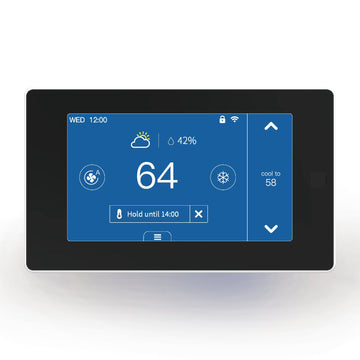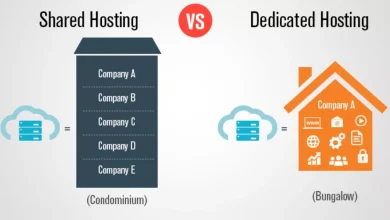In today’s energy-conscious world, homeowners are always looking for ways to cut utility costs while maintaining comfort. One smart solution gaining popularity is thermostat remote sensors. These devices help manage your home’s temperature efficiently by monitoring different rooms. As a result, they optimize energy use and lower bills. Here’s how thermostat remote sensors can boost your energy savings.
Understanding Thermostat Remote Sensors
A thermostat remote sensor is a device that works alongside your main thermostat to measure the temperature in different areas of your home. Unlike a standard thermostat, which typically measures the temperature in just one location, often a hallway or living room, remote sensors allow you to monitor multiple rooms. This capability ensures that your heating and cooling system responds more accurately to your actual living conditions, rather than just the temperature at the thermostat’s location.
Accurate Temperature Readings
A thermostat remote sensor works with your main thermostat to measure temperatures in various areas of your home. Unlike standard thermostats, which only track the temperature in one spot—usually a hallway or living room—remote sensors monitor multiple rooms. This allows your heating and cooling system to respond more accurately to real living conditions, rather than just the temperature near the thermostat.
Optimized HVAC Performance
With thermostat remote sensors, your HVAC system doesn’t have to work as hard to maintain a consistent temperature throughout your home. These sensors communicate with your main thermostat to adjust the system’s operation based on real-time data from various locations.
For example, during the day, the sensor can prioritize rooms that are in use, like a home office, while deprioritizing less frequented areas like bedrooms. At night, the priority can shift to ensuring that bedrooms are at a comfortable sleeping temperature, reducing the strain on your system and minimizing unnecessary energy consumption.
Optimizing Energy Efficiency Through Smart Integration
Smart integration in energy management is transforming how homes and businesses use electricity, enabling significant savings and improved efficiency. By connecting devices such as smart thermostats, lighting systems, and appliances to a central energy management hub, users can optimize energy consumption based on real-time needs. These systems use data-driven insights and AI to adjust settings, ensuring that energy is only used when necessary. For instance, smart thermostats can learn user preferences and adjust temperature settings accordingly, while smart lighting systems can automatically dim or turn off when a space is unoccupied. This real-time management not only reduces waste but also lowers energy bills.
Enhanced Zoning Capabilities
Thermostat remote sensors are a key component of zoned HVAC systems, which divide your home into different areas or zones that can be heated or cooled independently. This means you no longer have to cool or heat your entire home to satisfy the thermostat’s set temperature.
By controlling the climate in specific zones, you can significantly cut down on energy usage. For example, if you’re cooking in the kitchen, the sensor can detect the increased heat and reduce heating in that zone, focusing energy on maintaining comfort elsewhere.
Smart Integration for Energy Savings
Contemporary thermostat remote sensors are designed to integrate with smart home systems, facilitating remote control through smartphone applications. This connectivity allows users to modify settings while away from home, thereby optimizing energy consumption and minimizing waste.
Furthermore, these advanced systems typically include sophisticated scheduling capabilities that automatically adjust temperature settings in alignment with your daily routine, effectively conserving energy during periods when you are sleeping or absent from the residence.
Conclusion
Thermostat remote sensors deliver precise temperature data, improve HVAC efficiency, enable zoning, and integrate with smart home systems, leading to lower energy bills. They optimize heating and cooling, conserving energy and saving money.
For homeowners seeking enhanced comfort and efficiency, these sensors are a valuable long-term investment that supports energy-saving goals. If you have any questions about our product, please feel free to contact us.





